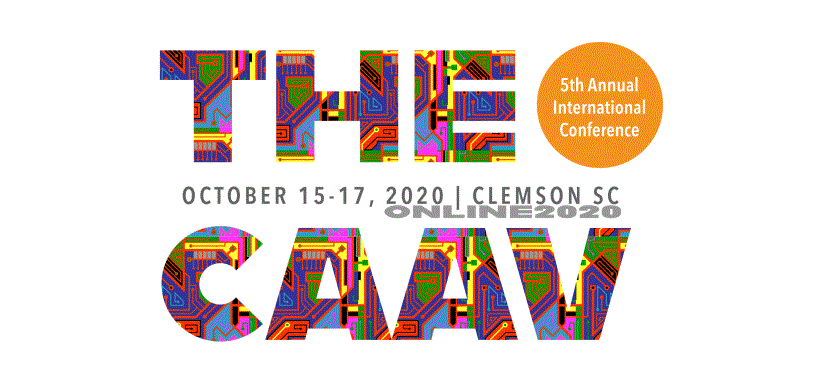Embodied Data and Diverse Proxy Phenomenology in Pompeii
Location
Clemson, SC
Start Date
17-10-2020 10:55 AM
End Date
17-10-2020 11:20 AM
Presentation Type
Presentation
Description
The Virtual Pompeii Project (VRP) uses Pompeii's potential as a city of data to address a fundamental question: the relation between space, decoration, and behavior. We begin with the assumption that in the absence of data-driven approaches, we do not yet understand the spatial vocabulary of Roman houses, nor how decoration works within this spatial vocabulary. Beyond this, the larger interpretive argument that the "Roman house was a powerhouse," articulating and confirming the social, economic, and sexual power of its owner (customarily assumed to be male and elite), is open to question. In place of the traditional Latin nomenclature for rooms, we use an updated form of space syntax that treats each house as a network, and defines each room (node) through its network measures. These are combined with a visual integration map of the house to produce a categorization of rooms based on their network topology and visibility characteristics. This approach is data-driven and predictive, providing initial hypotheses about movement patterns. With respect to decoration, VRP has created a digital database of Pompei: pitture e mosaici (PPM; 15,000 pages with 60,000+ images) and developed a search approach that combines natural language processing for the Italian captions with convolutional neural networks for the images. This allows us to establish what kinds of data-defined decorative patterns are found in what kinds of data-defined space. Finally, VRP puts this predictive methodology to the test through wayfinding experiments in digital house models coded to track player movement and rotation. Through webGL, these experiments will be crowd-sourced to a global audience of thousands of subjects, using proxy phenomenology to reach beyond the exceedingly narrow demographic slice of classical archaeologists to cast an indirect but far more diverse light on spatial experience in Roman houses.
Embodied Data and Diverse Proxy Phenomenology in Pompeii
Clemson, SC
The Virtual Pompeii Project (VRP) uses Pompeii's potential as a city of data to address a fundamental question: the relation between space, decoration, and behavior. We begin with the assumption that in the absence of data-driven approaches, we do not yet understand the spatial vocabulary of Roman houses, nor how decoration works within this spatial vocabulary. Beyond this, the larger interpretive argument that the "Roman house was a powerhouse," articulating and confirming the social, economic, and sexual power of its owner (customarily assumed to be male and elite), is open to question. In place of the traditional Latin nomenclature for rooms, we use an updated form of space syntax that treats each house as a network, and defines each room (node) through its network measures. These are combined with a visual integration map of the house to produce a categorization of rooms based on their network topology and visibility characteristics. This approach is data-driven and predictive, providing initial hypotheses about movement patterns. With respect to decoration, VRP has created a digital database of Pompei: pitture e mosaici (PPM; 15,000 pages with 60,000+ images) and developed a search approach that combines natural language processing for the Italian captions with convolutional neural networks for the images. This allows us to establish what kinds of data-defined decorative patterns are found in what kinds of data-defined space. Finally, VRP puts this predictive methodology to the test through wayfinding experiments in digital house models coded to track player movement and rotation. Through webGL, these experiments will be crowd-sourced to a global audience of thousands of subjects, using proxy phenomenology to reach beyond the exceedingly narrow demographic slice of classical archaeologists to cast an indirect but far more diverse light on spatial experience in Roman houses.


